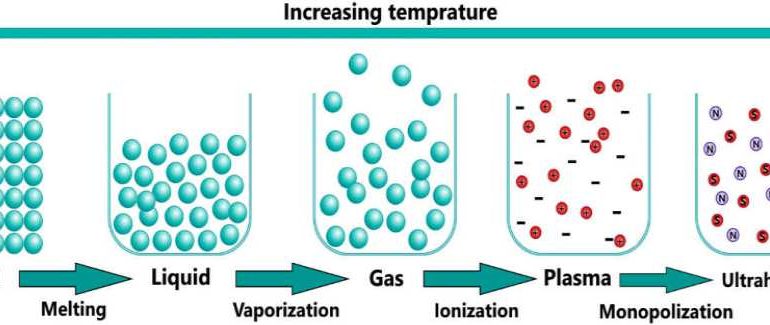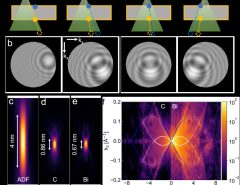Authors: Mohammad Mehdi Bagheri-Mohagheghi, Behnam Pourhassan, Emmanuel Saridakis, Salvatore Capozziello, Prabir Rudra
Published on: February 05, 2024
Impact Score: 8.3
Arxiv code: Arxiv:2402.04280
Summary
- What is new: The research introduces a novel estimation of dissociation energy for magnetic poles within quantum particles, highlighting the condition for separation in extreme environments and suggesting the existence of magnetic monopoles.
- Why this is important: Understanding the conditions under which the magnetic poles of quantum particles can dissociate and how this knowledge can be applied.
- What the research proposes: Using a harmonic oscillator model to calculate the dissociation energy, breakdown temperature, and internal pressure required for the separation of magnetic poles in quantum particles.
- Results: Identified two states for pole separation: in ultra-hot plasma and under ultra-high pressures, suggesting the possibility of magnetic monopoles in solid superlattices and their application in advanced devices.
Technical Details
Technological frameworks used: Classical and quantum mechanical perspectives with harmonic oscillator model.
Models used: Dissociation energy estimation models for magnetic poles.
Data used: Theoretical data based on extreme temperature and pressure conditions.
Potential Impact
Semiconductor and nanomaterials manufacturing, companies involved in superconductors, spintronic devices, and magnetic-electronics production.
Want to implement this idea in a business?
We have generated a startup concept here: MonoMagTech.



Leave a Reply